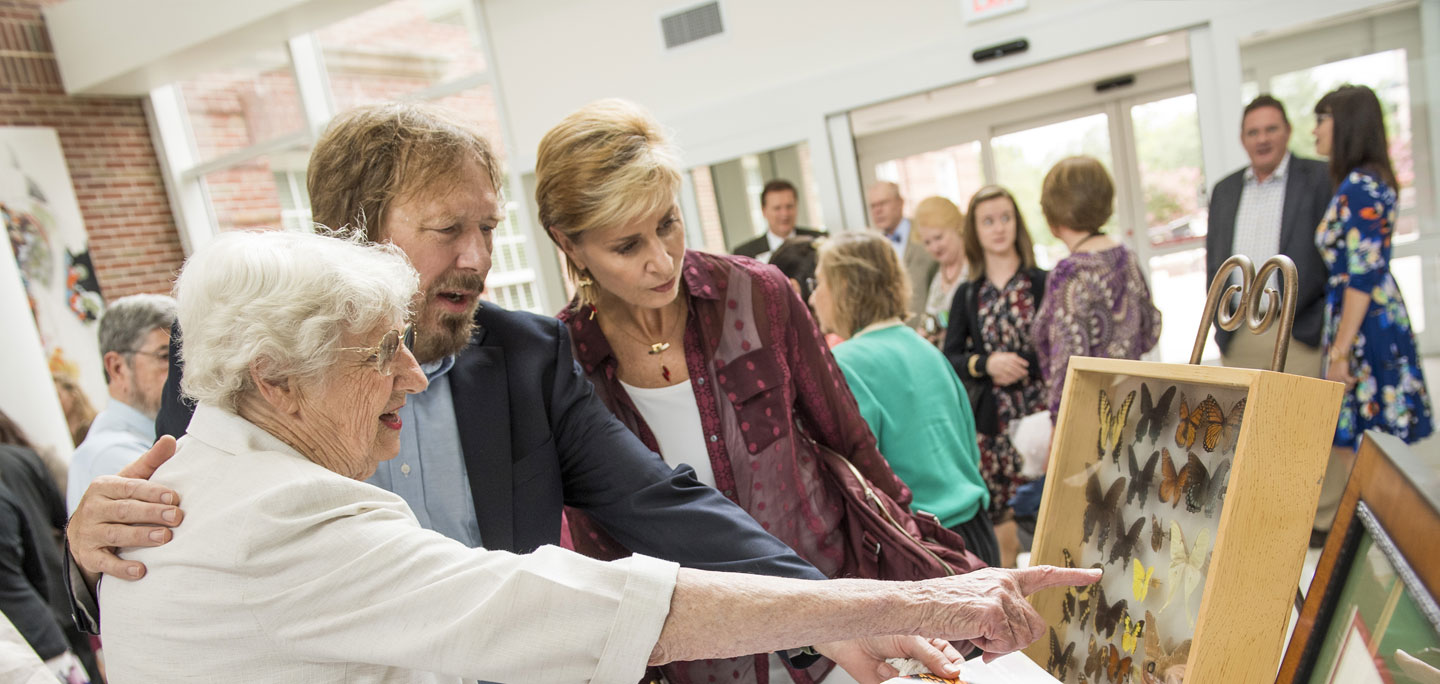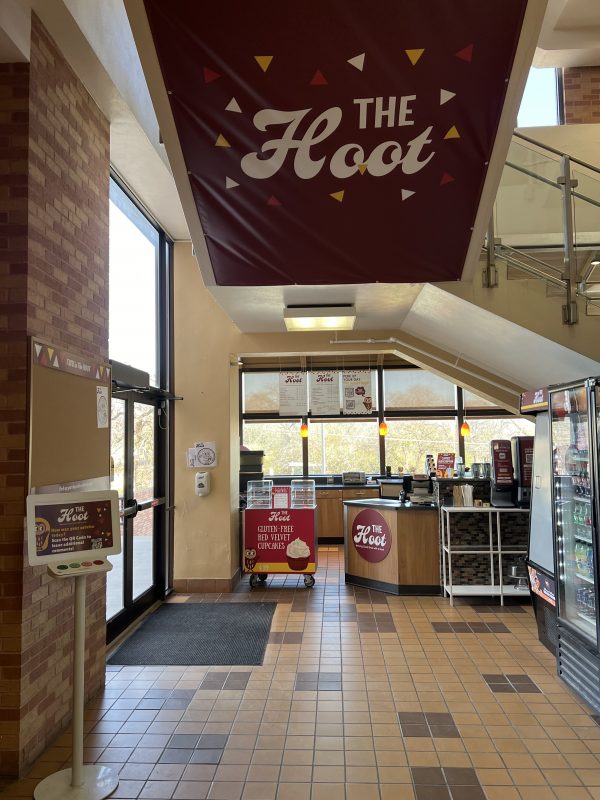The late Dr. Jeffrey Robb had a passion for butterflies, and he had a significant collection of different species from all over the world: butterflies from the Amazon, Costa Rica and Australia.
He and his wife, Professor of History and Government Dr. Lybeth Hodges, worked diligently on a butterfly garden in their yard, and the startling decline of the monarch butterfly population, plummeting by nearly 90 percent in the past two decades, inspired Robb to pursue similar gardens on TWU’s campus.
The lack of milkweed for monarch caterpillars and nectar plants for adult monarchs is caused by the removal of native plants and the use of pesticides, which is threatening the survival of the species. The Dr. Bettye Myers Butterfly Garden, located just south of the Ann Stuart Science Complex, is already finding success combatting this issue. Students can visit the garden today and see monarchs thriving.
The success of the butterfly garden inspired Robb to pursue a second garden on campus. Plans for a phase two garden, to be located behind the Little Chapel in the Woods, are well underway with the expected approval of a federal grant to fund the project. Though the joyful grade school memories many of us have of watching a monarch metamorphosis are already being replaced by video time lapses for current generations, these memories will be made anew in the phase two garden due in large part to Robb’s passion. “He had this concept that we need to teach students about the relationship between plants and pollinators, and he envisioned, in that new phase two garden, to have an outside classroom and even have cages. . . to show the students how [monarchs] go through the phases,” said TWU Professor and Herbarium Director Dr. Camelia Maier, co-chair of the phase two subcommittee. This classroom will indeed become a reality, and it will be named after Robb in honor of his memory and commitment to the project.
However, TWU’s legacy combatting this situation doesn’t begin with Robb. A significant contributing factor in the decline of the monarch is the declining wildflower population, and in 1981 Carroll Abbott founded The Native Plant Society of Texas at TWU to halt this decline. Abbott’s contributions to fighting the wildflower decline will be honored at the new phase two garden where a butterfly refuge will be named after him.
Fortunately, students don’t have to wait for the new garden to help combat the decline of the monarch species. A few simple raised-bed pots in front of your apartment door can provide a habitat for butterflies. Visiting Assistant Professor Dr. Diana Elrod, who was also the chair of the phase one subcommittee shared: “In pots, you could just do some good quality potting soil and put your plants in it, and you could grow milkweed; you could grow mist flowers; you could grow all sorts of things that are going to attract butterflies to it.” The committee recommended several wildflowers that would be both aesthetically pleasing and attractive to butterflies: Lantana, Coreopsis, Cutleaf Daisy and Blackfoot Daisy.







Be First to Comment